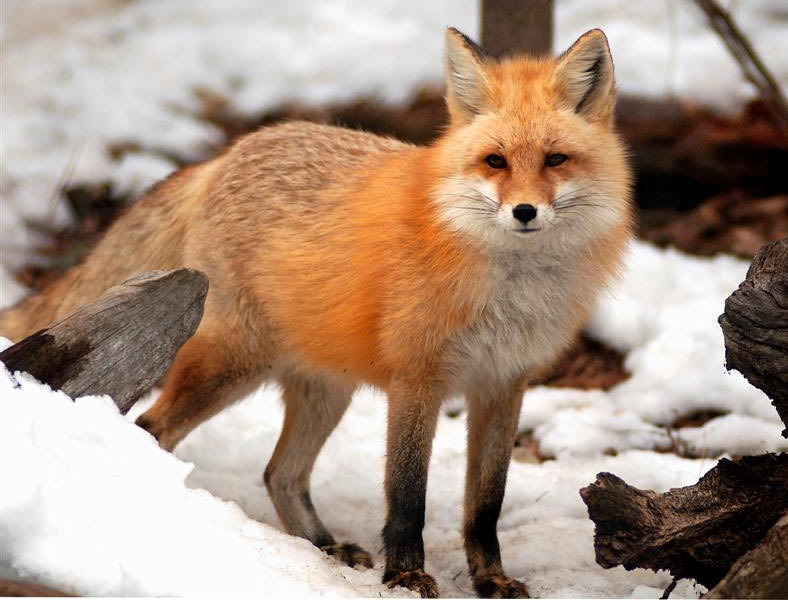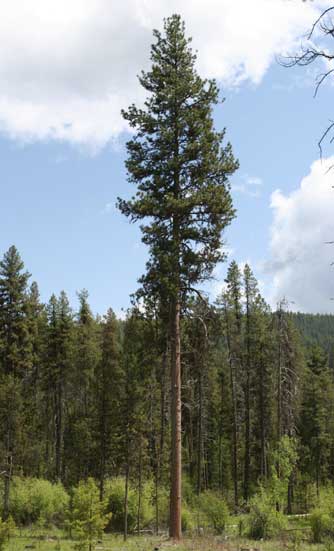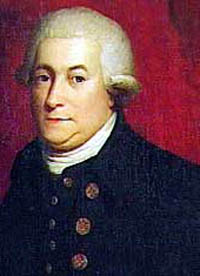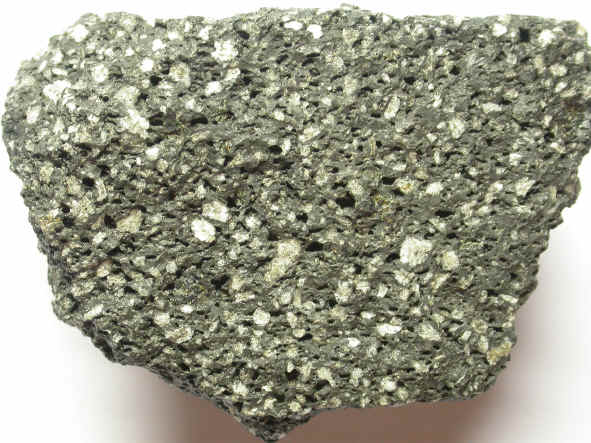Mount rainier wilderness is located in west central Washington on the west side of the cascade range. It is famous for its dense forests, amazing wildflower meadows, tremendous snowfields and rugged glaciers. The wilderness area is bordered by the
Clearwater Wilderness to the north, the William O. Douglas Wilderness
to the east, the Tatoosh Wilderness to the south, and the Glacier
View Wilderness to the west.
 General Information
General Information
* 228,480 acres of land which is all
managed by the National Park Service
*Mount Rainier stands 14,410 feet above sea level
* The park is 97% percent wilderness with the other 3% a National Historic Landmark District
*Over 2 million visitors come to the park every year
A Mountain of Fire and Ice
Mount Rainier is considered to be one
of the most dangerous volcanoes in the world, its known as a massive
stratovolcano that erupted less than a million years ago. It was
forged by repeated volcanic eruptions where over a period of time
created layers upon layers of hardened lava, pumice rock and volcanic
ash. As volcanic forces continued to occur, nothing was going to stop
the determination of glacial ice slowly shaping and forming what we
know today as Mount Rainier. The mountain is dormant as we speak, but
can be awakened at any time. Because of the large amount of ice
present the eruption of Mount rainier would likely produce massive
lahars, therefor creating more damage than the eruption of Mt. St
Helen.
The main mass of Mount Rainier is
composed of basaltic andesite
Wildlife!
 |
| Red Fox! |
229 Bird species
11 Amphibian species
56 Mammal species
5 Reptile species
8 species of native fish
 |
| Pika! |
 |
| Mountain Goat |
 |
| Black Bear! |
 |
| Long-toed Salamander! |
 |
| Cascade Frog! |
Over 900 plant species,100 of them being exotic
Flowers!
74 different types of flowers... |
| Lily Avalanche |
 |
| Buttercup |
 |
| Monkeyflower |
 | ||
| WildFlowers! |
Trees!
 |
| Douglas-Fir |
 |
| Ponderosa Pine |
http://www.mount.rainier.national-park.com/info.htm
Recreation!
In the summer: In the winter:
Bicycling SnowshoeingClimbing Cross country skiing
Fishing and Boating
Hiking
Trails Within the Park
Their are 50 trails in the mount Rainier wilderness area. Over 300 miles of trails are generally accessible mid to late June or early July, depending on snow depths. Click link below for list of all trails and there distance.
http://www.nps.gov/mora/planyourvisit/trails-of-mount-rainier.htm
The 93 mile Wonderland trail completely encircles the mountain, providing perspectives from every angle. A complete circuit takes about 10 to 14 days.
Native American History
The river valleys and other
areas near the mountain were inhabited by many Pacific Northwest tribes
including the Muckleshoot, Cowlitz, Yakama, Nisqually, and Puyallup.
Native Americans visited and lived amongst the foothills of Mount
Rainier from 500BC-1800BC. The mountain was first known to them as
Tacoma or Talol from a
Lushootseed word meaning "mother of waters" and a Skagit word meaning
"great white mountain.". These peoples hunted marmots and mountain goats
and gathered food such
as roots, berries, and herbs on the mountain, but rarely ventured above
the snowline. These native Americans regarded the mountain as a being
with spiritual powers. It is not known whether or not any of the native
people climbed to the mountain's summit, although there is no solid
evidence that they did.
Archeology
"Archeologist found charred bones and plant remains found in
archeological sites, for
example, provide information about animals and plants hunted and
gathered long before they were documented in historical records. These
remains can indicate the age of the site, and the seasons in which
people visited that location. They also found stone tools that told us
about Native American Technology and how they organized their hunting
and gathering activities."
http://www.nps.gov/mora/historyculture/archaeology.htm
Archeology
"Archeologist found charred bones and plant remains found in
archeological sites, for
example, provide information about animals and plants hunted and
gathered long before they were documented in historical records. These
remains can indicate the age of the site, and the seasons in which
people visited that location. They also found stone tools that told us
about Native American Technology and how they organized their hunting
and gathering activities."http://www.nps.gov/mora/historyculture/archaeology.htm
Explorers and Settlers
 |
| Captain George Vancouver |
The first successful ascend to the
mountain was made by Hazard Stevens and P.B VanTrump on August 17,
1870.
"In 1963, WSU faculty member Allan Smith conducted a field study of Mount Rainier National Park in order to locate possible archaeological sites in the park. His report to the National Park Service is here published for the first time, together with modern introductions and commentaries."
http://www.historylink.org/index.cfm?DisplayPage=output.cfm&File_Id=7140
Regulations
"Federal regulations are the actual enforceable laws authorized by major
legislation enacted by Congress. The Clean Air Act, the Food and Drug
Act, the Civil Rights Act are all examples of landmark legislation
requiring months, even years of highly publicized planning, debate,
compromise and reconciliation in Congress. Yet the work of creating the
vast and ever-growing volumes of federal regulations, the real laws
behind the acts, happens largely unnoticed in the offices of the
government agencies rather than the halls of Congress."http://usgovinfo.about.com/od/uscongress/a/fedregulations.htm
Permits
Wilderness Camping Permits are required year-round for camping
overnight in any area of the park’s backcountry. Climbing permits are
required year-round for any day or overnight travel on glaciers above
10,000 feet in elevation, including Little Tahoma. The Climbing
Permit also serves as the wilderness camping permit for overnight
trips. Wilderness Camping Permits are free while a Climbing Permit
requires the purchase of an annual Climbing Pass for each member of the
party.




